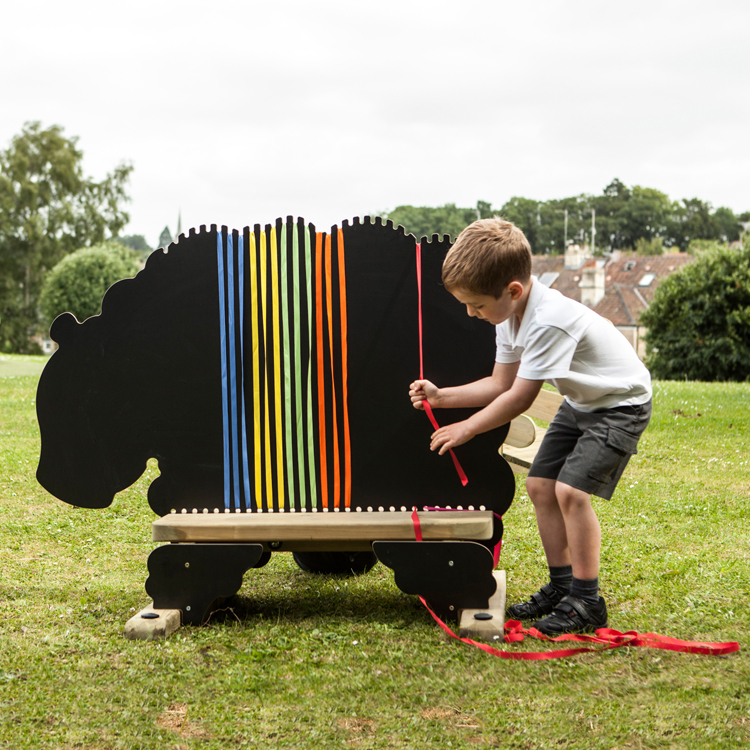Over the past two weeks, as part of our LINE series, we have talked about how aspects of a learning environment can influence and benefit learning outcomes. So far we have covered the positive affects of natural lighting and aesthetic and structural quality. This week we’re focusing on colour and how it can affect learning and behaviour in a natural learning environment.
There have been many studies that have shown a relationship between colour preferences, emotions and academic performance in students, particularly those with heightened sensory responses and strong visual processing abilities (e.g. Attention Deficit/Hyperactivity Disorder and Autism Spectrum Disorders) Colour can have an effect on student attention, behaviour and achievement and it’s important to consider the functional aspects of colour when designing a learning space. Too much colour can cause overstimulation and sensory overloads while a lack of colour can be stressful and non-productive.

So what colours affect certain students and outcomes? A chart in this Journal of Family & Consumer Sciences Education article summarises the research found so far. We’ve picked out some of the key findings below:
- Red: Associated with excitement and happiness, positive reaction (girls more positive than boys)
- Orange: Tremendous tonic effect.
- Yellow: Children with asthma and other breathing problems react favourably to yellow, associated with honesty. Large quantities may irritate the eye.
- Green: Affects developing speech skills, the most restful for the eye, associate with life.
- Blue: Correlates to eyes, ears and nose, sight and hearing impaired children favour blue, calming effect on heart rate and respiratory system, reduced appetite.
- Violet: Symbolises high levels of wisdom and authority. In children: a mind deep in thought.
- Brown: Associated with strength.
- Cool Colours: Preferred by active children, recommended for secondary classrooms.
- Warm Colours: Preferred by passive children, preferred by nursery and primary students.
Choosing the right colours to design your learning environment can affect how your children behave and learn. The natural warm colours of an outdoor learning environment are the perfect background for nursery and primary students. Designing a space that contains equipment of varying colours can ensure that your children gain the most of their benefits.
As supporters of the Dulux Smarter Spaces Campaign, our mission is to help learners and teachers thrive through the power of their school environment. To find out how we can help you choose the perfect colours for your outstanding outdoor space, book a consultation with one of our local advisors.
